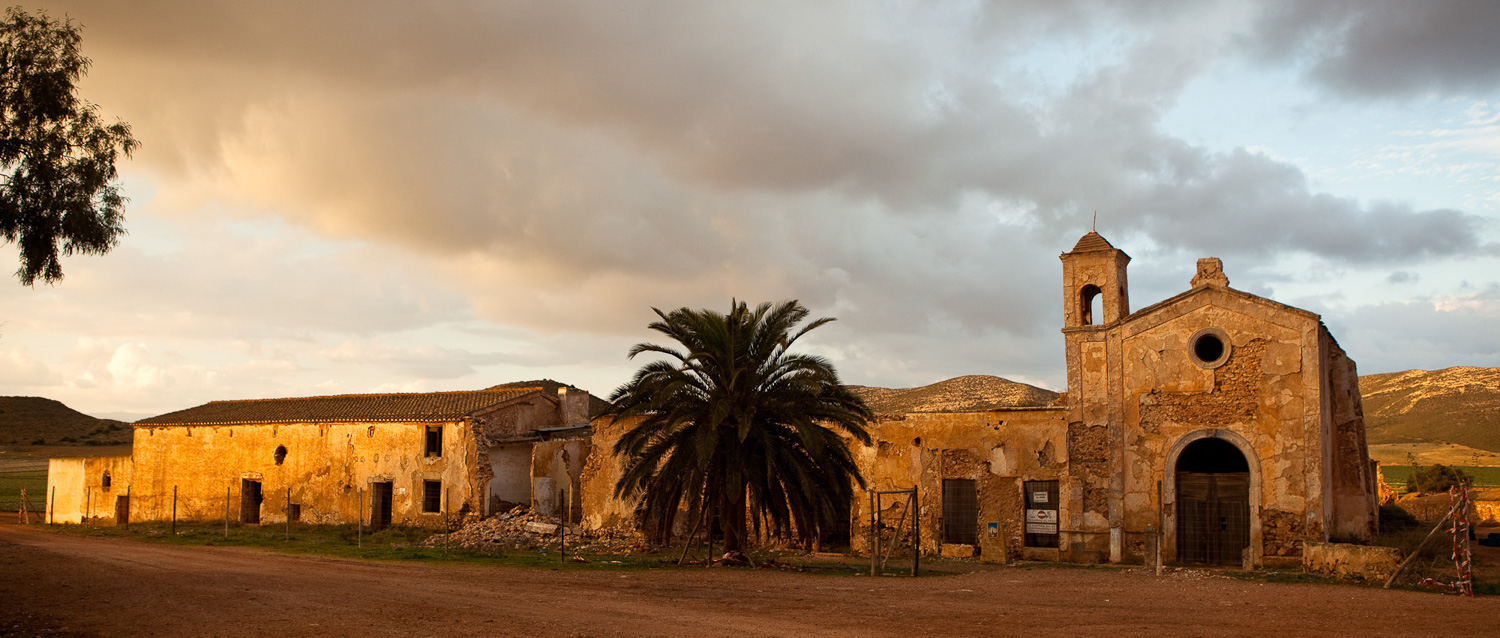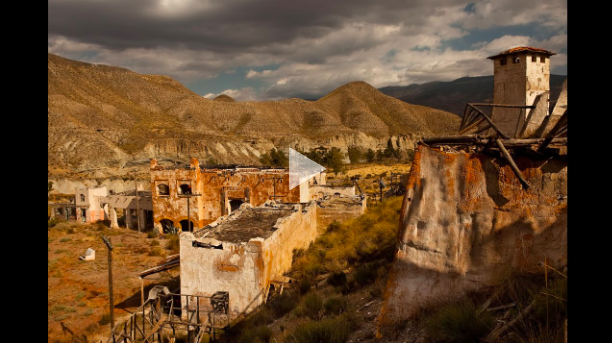Salvemos el Toblerone!
Earlier this month the cavernous metal structure affectionately known as “The Toblerone,” in Almeria, Spain, was reduced to a pile of crumpled metal. The event inspired an unlikely wave of international support and creative activity. The building’s distinctive profile, mimicking the Swiss chocolates that are a standard fixture in Duty Free shops around the world, has been memorialized via t-shirts, graphic artworks, songs, videos, and countless photographs. For four decades The Toblerone towered over the old train station and was one of the most distinctive pieces of architecture passengers see when arriving to the city.
The Toblerone was constructed in 1973 by the Compañía Andaluza de Minas. Mining has transformed the landscape of Almeria since Roman times. By the turn of the twentieth century, British industrialists had constructed a network of mining operations along the Mediterranean coastline, feeding into the main port in the city of Almeria. This model continued well into the twentieth century.
However, as the city of Almeria expanded rapidly during the 1960s and 70s, the mining operations clashed with nearby residents. The process of unloading iron ore from the trains blanketed the surrounding neighborhood with mineral dust. The Toblerone, along with a series of underground tunnels, was constructed to contain the clouds of dust.
The building remained in use until 1996. Since then, debates have raged off and on about what should be done with the site. While some viewed the structure as an eyesore, others argued for preserving the city’s industrial heritage. City plans called for redeveloping the site, much of which would go to a private developer to build condominiums. But critics argued that the site should house something of benefit to city residents, such a convention center or cultural space.
The fight took on a renewed urgency this summer when Basque demolition company Erri Berri showed up. On Saturday, June 29, the day after I arrived in Almeria, the local paper reported that demolition work would begin on the following Monday. Overnight, two informal protest groups–Salvemos el Toblerone and Toblerone Vivo–began to mobilize via social media. By Sunday night, dozens had gathered at the site to discuss what action to take. For inspiration, local filmmakers held an impromptu outdoor screening of their documentary about Joe Strummer in Andalucia. Over the following days, even as the Toblerone was being twisted, torn, and pounded into the ground, evening protests drew hundreds of participants, crowding a nearby pedestrian overpass.
It seemed an unlikely cause to garner such attention. Artists, preservationists, architecture students, and politicians voiced their support over social media. Even the chocolate manufacturer’s own official Twitter feed gave a shout out for saving the namesake building.
But the outcry was not just about saving an ailing industrial landmark. In the current environment in Spain, where corruption and greedy developers are viewed as a primary source of the ongoing economic crisis, the triangular form took on a unique social and political significance. Author and activist Mar Verdejo Coto wrote: “es una lucha entre David y Goliat, entre el poder y la ciudadanía.” It is too late to save the Toblerone, but its supporters continue their fight to be heard.


